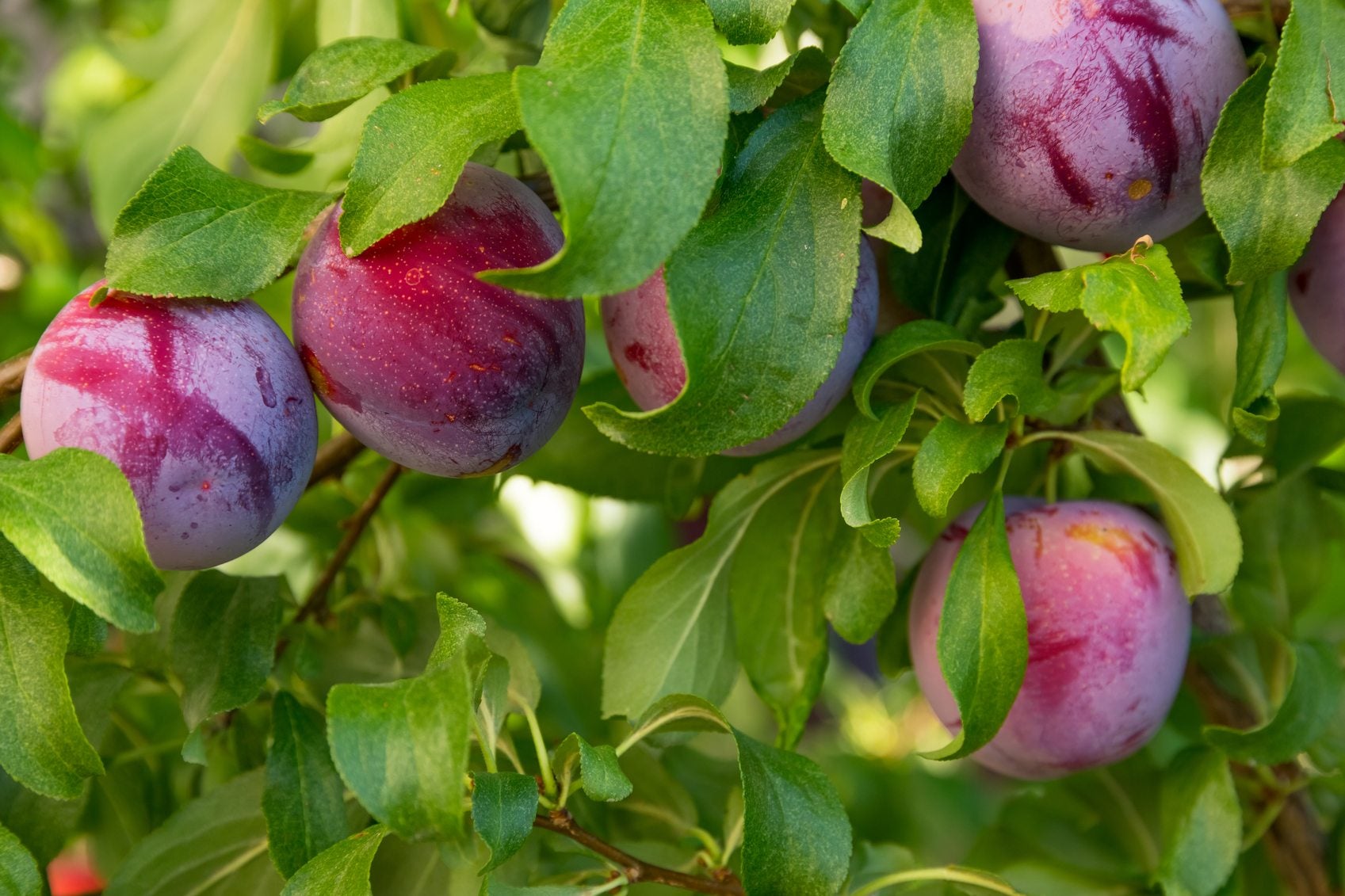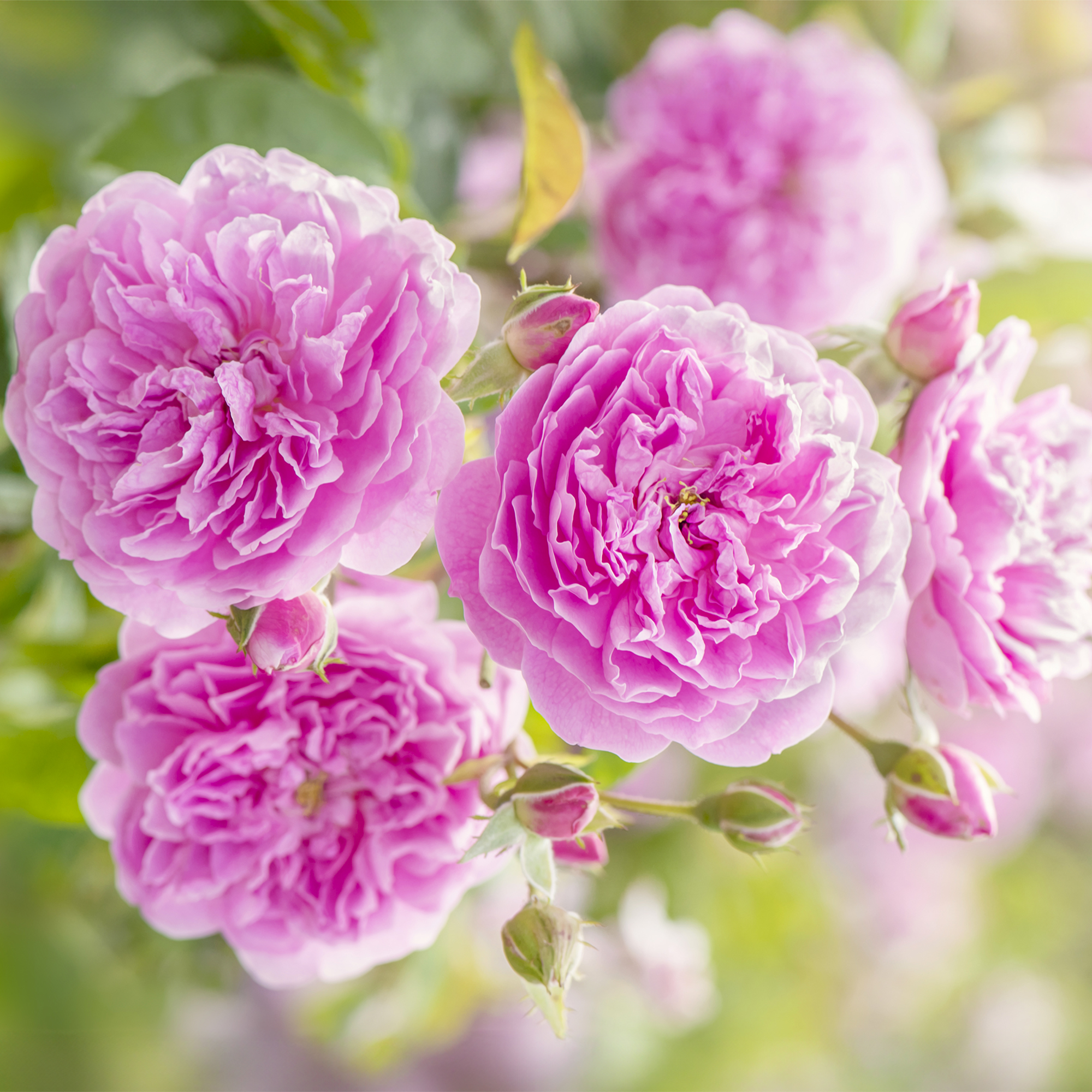Plum Tree Fertilizer: How And When To Feed Plum Trees

Plum trees are divided into three categories: European, Japanese and the indigenous American species. All three can benefit from plum tree fertilizer, but it’s important to know when to feed plum trees as well as how to fertilize a plum tree. So what are the fertilizer requirements for plums? Read on to learn more.
Fertilizing Plum Trees
Before you apply plum tree fertilizer, it’s a good idea to do a soil test. This will help you to determine if you even need to fertilize. Fertilizing plum trees without knowing whether or not it is necessary not only wastes your money, but it can result in excessive plant growth and low fruit yields. Fruit trees, including plums, will absorb nutrients from the soil, especially if they are surrounded by a lawn that is regularly fertilized.
When to Feed Plum Trees
The tree’s age is a barometer on when to fertilize. Fertilize newly planted plums in the early spring before it leafs out. During the tree's second year, fertilize the tree twice a year, first in early March and then again about the first of August.
The amount of annual growth is another indicator for if or when to fertilize plum trees; trees with less than 10-12 inches (25-30 cm.) of lateral growth from the previous year probably needs to be fertilized. Conversely, if a tree has more than 18 inches (46 cm.) of growth, it probably doesn’t need to be fertilized. If fertilization is indicated, do so before the tree blooms or sprouts.
How to Fertilize a Plum Tree
A soil test, the amount of the previous year’s growth and the age of the tree will give a good idea of the fertilizer requirements for plums. If all signs point to fertilization, how do you correctly feed the tree? For newly planted plums, fertilize in the early spring by broadcasting one cup of 10-10-10 fertilizer over an area that is roughly three feet (.9 m.) across.
In mid-May and mid-July, apply a ½ cup of calcium nitrate or ammonium nitrate evenly over an area about two feet (.6 m.) in diameter. This feeding will supply additional nitrogen to the tree. In the second year and thereafter, the tree will be fertilized two times a year in early March and then again the first of August.
For the March application, apply 1 cup of 10-10-10 for each year of the tree up to 12 years. If the tree is 12 years or older, apply only 1/2 cup of fertilizer to the mature tree. In August, apply 1 cup of calcium nitrate or ammonium nitrate per tree year up to 6 cups for mature trees.
Gardening tips, videos, info and more delivered right to your inbox!
Sign up for the Gardening Know How newsletter today and receive a free copy of our e-book "How to Grow Delicious Tomatoes".
Broadcast any fertilizer in a broad circle at least as large as the circle created by the limbs of the tree. Be careful to keep the fertilizer away from the trunk of the tree.

Amy Grant has been gardening for 30 years and writing for 15. A professional chef and caterer, Amy's area of expertise is culinary gardening.
-
 What’s Wrong With Your Azaleas? Identify, Tackle And Prevent 6 Common Azalea Pests
What’s Wrong With Your Azaleas? Identify, Tackle And Prevent 6 Common Azalea PestsIf you’ve spotted signs of azalea leaf damage, don’t panic – here’s how to identify the most common azalea pests so you can take action swiftly and keep plants healthy
-
 How Much Sun Do Roses Need To Grow? Understanding Rose Light Requirements
How Much Sun Do Roses Need To Grow? Understanding Rose Light RequirementsDiscover how much sunlight your roses really need to grow strong, bloom beautifully, and stay healthy all season long.